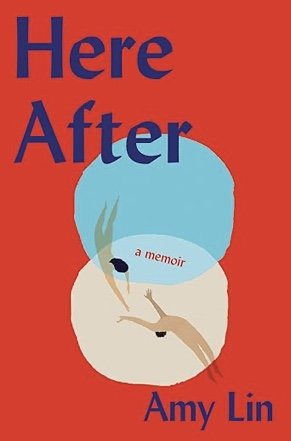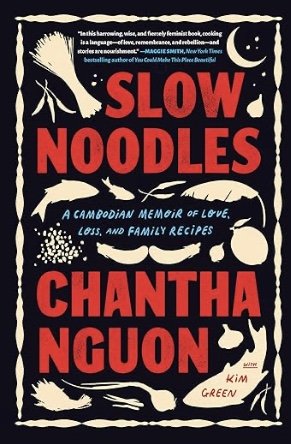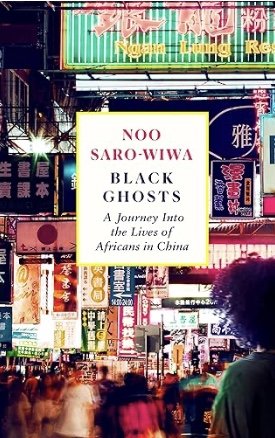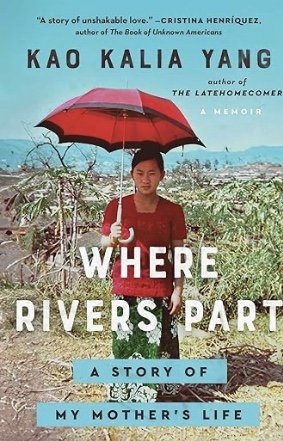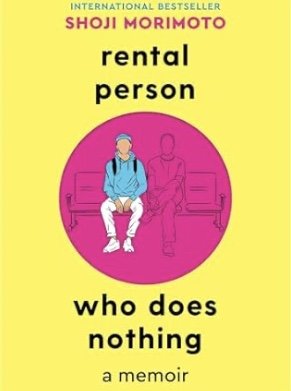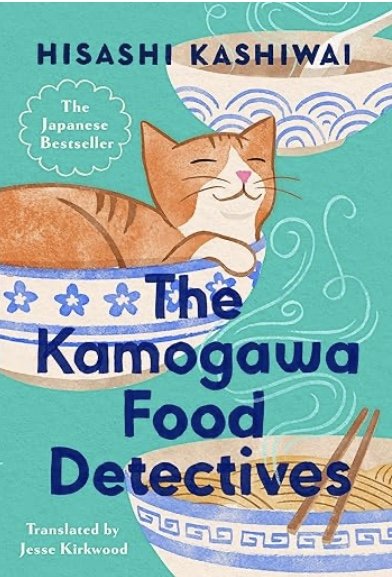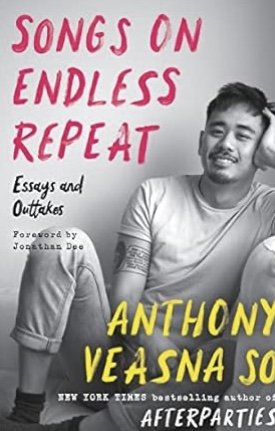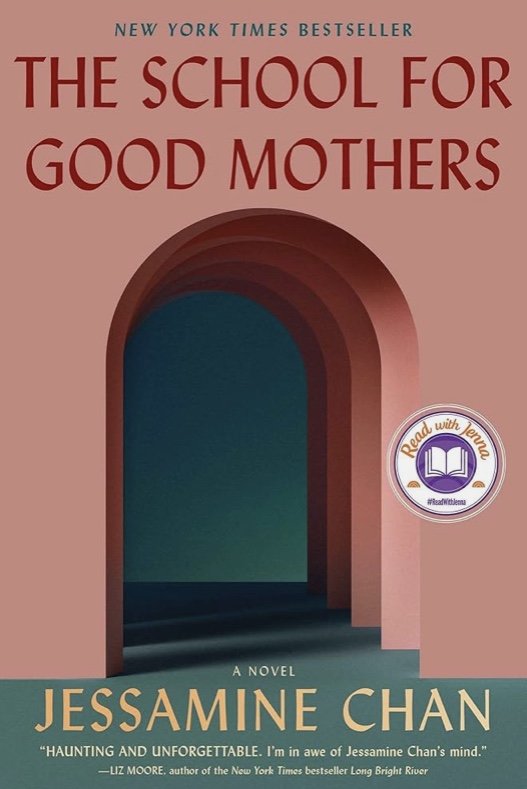Here After by Amy Lin (Zibby Books)
When her husband goes off on a morning run, Amy Lin tells him, “Don’t go too hard. Love you.” Those are the last words she will ever say to him. An hour or so later, Kurtis Nakayama’s body is found on a trail, dead before he hit the ground. A prolonged autopsy finds no reason for his death.
Kurtis is 32. Amy is 31. They’ve been married for less than two years. They’ve been in love for seven. With his death, Amy “falls out of time.” Ten days afterward, she’s diagnosed with deep vein thrombosis with clots in one leg, her abdomen, and a lung. If she dies, she wonders, will Kurtis be waiting for her? She lives to cremate her husband and begins to wrestle with the longing to die herself.
When they first met, Amy told Kurtis she was a substitute teacher. He contradicted her after he found a blog she had kept in the past. “Why did you say that? You’re a writer.”
Writing emerges again as she enters a life without Kurtis. With scalding honesty she narrates the account of what it is to be a widow when the man with whom she planned a future is dead. Grief, she discovers, is an unexplored emotion in modern Western culture. Nobody wants to hear about it and even therapists are poorly equipped to deal with it. The Diagnostic and Statistical Manual of Mental Disorders, 5th edition, has an entry for “excessive grief disorder,” when mourning the death of someone close goes on beyond twelve months.
Amy is told otherwise by a counselor. Grief sharpens after the first year and then sometimes again around the third through fifth years. “Grief is a long journey, “ the counselor says and Amy thinks “I can’t do this for five years.”
“How are you doing, friends ask, “I can’t imagine what you’re going through. Take it a day at a time. Hey, doing well?” As time goes on, they tell Amy “It’s difficult to hear. It’s too heavy. It makes me too sad. I need a break.” One psychotherapist persistently refers to Kurtis’s death as “a stressful event.” Another asks “Do you feel as if you’ve been hit by a train?” “No,” Amy says, “You hear a train coming.”
For the first time in their lives together, Amy asks her father how long it was before he finally felt “space from his grief” when in his early twenties, he faced the death of his father. “Years,” he says, and then after a moment, “maybe never.”
The widely accepted template of Kubler-Ross’s Five Stages of Grief is one Amy doesn’t fit within. She discovers that it was never intended for mourning. It was developed after studying the behavior of terminally ill patients as they faced their own deaths. There is no template for young widows, only statistics. They face the “widowhood effect,” with a heightened risk of suicide in the year after their husbands have died. They are 22% more likely than married women to die “of other causes…that may seem random but are, in fact, not.”
Amy heard the screams of Kurtis’s parents when she told them he was dead. She stays alive because she knows her death would cause her parents that same agony. When she’s given a residency at Yaddo, she goes because long before she promised Kurtis she would take him; she would show him “every single thing.” She transforms her anguish into art and leaves us all with an unyielding question.
“How can grief be so universal and yet still be so widely misunderstood?”~Janet Brown
